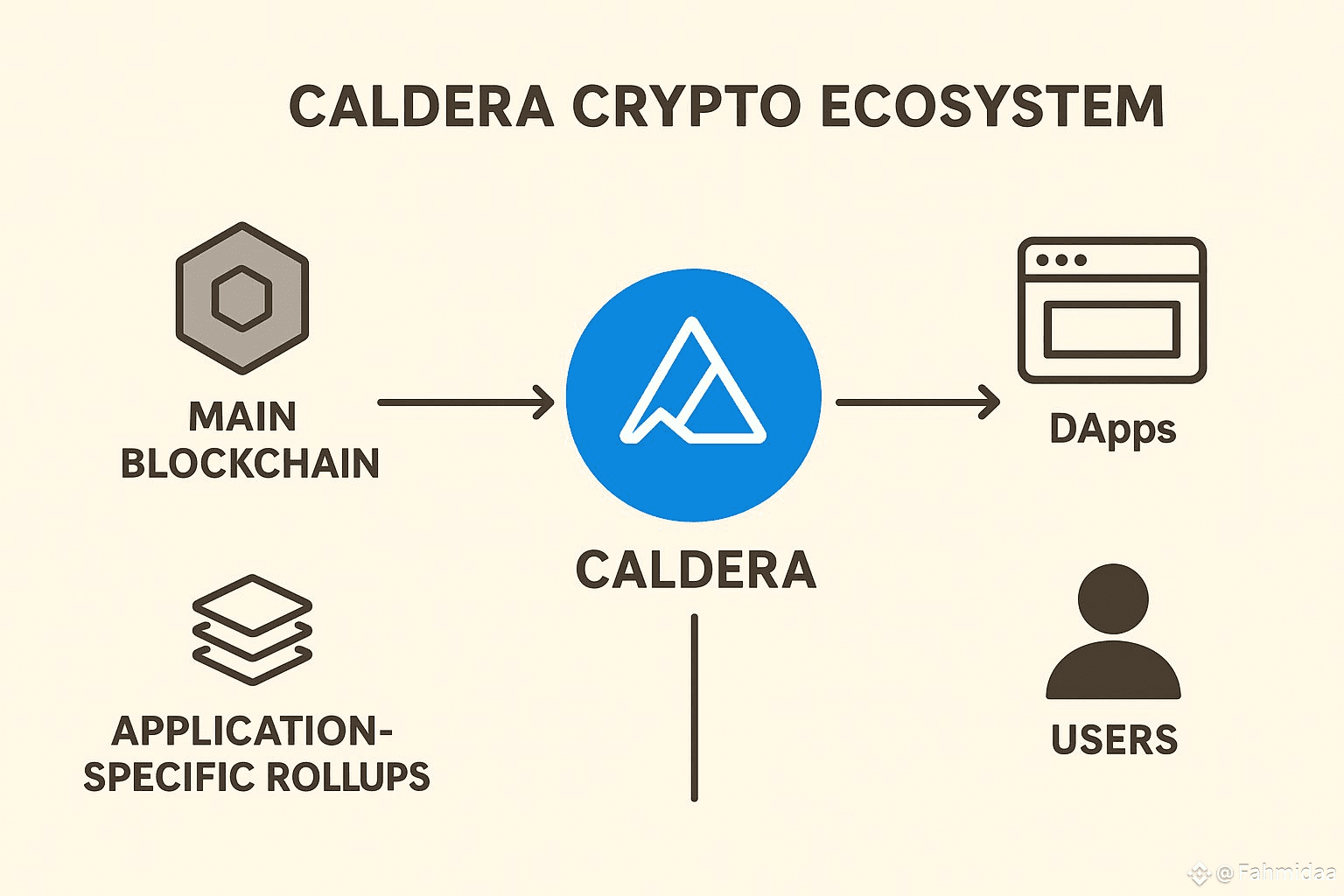Caldera is emerging as a vital player in the modular blockchain ecosystem by enabling developers to launch application-specific rollups, known as appchains. Instead of competing for blockspace on congested Layer-1 networks, projects built on Caldera gain their own high-performance environment with customizable parameters. This allows teams to fine-tune throughput, transaction fees, consensus mechanisms, and governance models to best suit their use cases.
Strategically, $ERA positions itself as an infrastructure solution that aligns with the future of blockchain adoption. As Web3 applications—from DeFi protocols to gaming platforms—demand low-latency execution and predictable costs, Caldera’s rollup model provides a clear advantage. It offers scalability without isolating projects from liquidity, since Caldera chains maintain interoperability with leading ecosystems like Ethereum. This creates a balance between independence and connectivity, allowing projects to scale without losing access to broader networks.
The strategic strength of Caldera lies in its ability to meet the growing need for modularity in blockchain architecture. Traditional monolithic blockchains are struggling to balance security, decentralization, and scalability, while Caldera enables specialized environments optimized for performance. This makes it an attractive option for enterprises and startups seeking long-term sustainability in Web3.
For developers, Caldera shortens time-to-market with rollup deployment tools that abstract away complexity. For investors, $ERA represents exposure to a critical infrastructure layer in the blockchain stack, one that can capture value as more applications migrate toward app-specific chains. In a competitive landscape where speed, customization, and scalability define success, Caldera stands out as a strategic enabler of next-generation blockchain growth.




